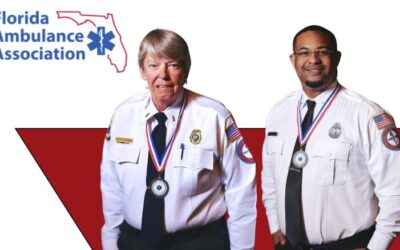With gift-giving season in full swing, relatives and friends are purchasing toys to give as gifts for the children in their lives. What these well-intentioned gift givers may not realize is the toy they’re buying can be dangerous for the child who receives it.
The U.S. Consumer Product Safety Commission regulates the toy industry and requires toy manufacturers to list an appropriate age range on the toy’s packaging. This age range takes a variety of factors into consideration including the child’s development stage, materials, color, and size, shape and number of parts.
Gift givers, parents and caregivers should look for and follow the age guidelines and other safety guidelines to help ensure a toy is safe for the child playing with it.
Birth through 12 months
Toys for newborns and infants are primarily used for looking, listening and sucking. Toys that are soft, lightweight, and easy-to-grip are forgiving for a baby’s jerky and unpredictable movements.
Beginning around 6 to 8 weeks old, infants enjoy soft squeeze or texture balls. Make sure the ball is at least 1 3/4 inches in diameter so it will not fit in baby’s mouth. Use a paper towel tube to easily check the diameter – if it fits, it’s too small!
12 through 18 months
Most toddlers begin to understand cause-and-effect relationship, like blinking lights or noises as a result of their action, around 12 to 18 months. Toys that make noise should have a volume button to ensure the loud noise does not damage the child’s hearing.
Children also begin to imitate things, like talking on the phone, so toys should encourage pretend play. Dolls and stuffed animals should be washable and made from non-toxic materials. Dolls and stuffed animals should have stitched features and hair or fur made from materials that will not fall off and become choking hazards.
19 through 23 months
At this age, young children begin to play with more complex toys. Check toys for small parts and magnets that could cause choking or internal damage if swallowed.
For toys with batteries, make sure the batteries are properly secured and your child cannot remove them. Small round batteries – button batteries – are especially dangerous because they are small enough to be swallowed easily. These batteries cause chemical burns to internal organs if swallowed by a child.
2 through 3 years
Creative projects, like finger-painting and coloring, are great activities for 2 to 3-year-olds. Look for “non-toxic” on the containers for markers, paint or crayons as the creative materials may wind up in the child’s mouth.
For children who enjoy playing “pretend,” check dress-up clothes regularly for loose embellishments like rhinestones or buttons that could become a choking hazard. Look at play kitchens for toy foods that are smaller than 1 3/4 inches (or that could fit in a paper towel tube). Pretend foods often go into children’s mouths and the objects can contain chemicals or become a choking hazard.
4 through 8 years
Kids in this age group begin to be involved in more physical play, like learning to ride a bike or play sports. Anytime children are riding toys with wheels, they should wear a helmet. Other protective gear is helpful in preventing injuries, but a helmet is the single most protective item that your child can wear.
Complex arts and crafts projects are fun for kids in this age range. All arts and crafts materials should non-toxic and washable. Craft kits should not require the use of hot glue or sharp scissors to complete.
9 through 12 years
While transitioning into greater independence and responsibility, kids aged 9 to 12 still need supervision. Review the content and maturity rating for video games and other electronic toys before allowing kids to play them; many can contain violence that is inappropriate for young children.
Children should always wear a helmet or padding when riding bikes and other wheeled toys. Motorized bikes and scooters are not recommended for this age group because of the difficulty involved in steering and balancing at the same time.



